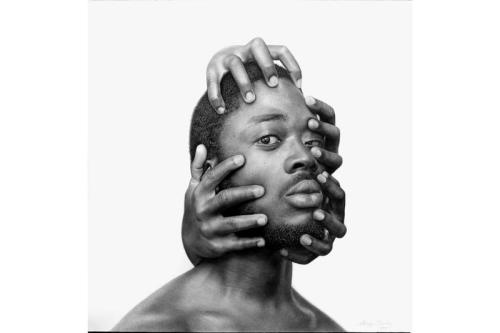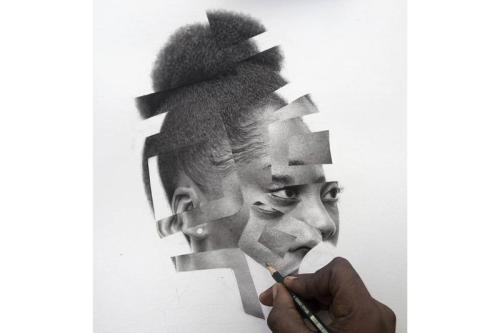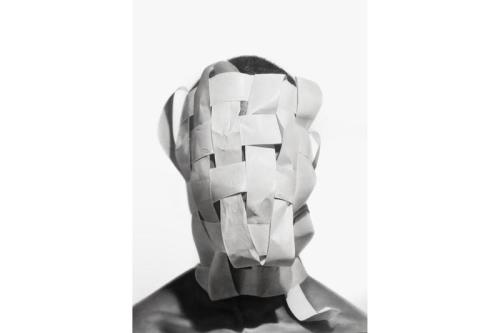




Paranormal Portraits
Arinze Stanley
Corey Helford Gallery
Materials: charcoal & graphite
Arinze Stanley Egbengwu (b. 1993) in Lagos, Nigeria and graduated from Imo state University with a B.Eng in Agricultural engineering.
Starting at an early age of 6, Arinze had always been enthusiastic about drawing realistic portraits on paper. Being exposed to his family’s paper conversion business, Arinze grew to love paper and pencils as his toys at a very tender age. Over the years He gradually taught himself how to master both Pencils and Paper in harmony as a medium to express himself through what he calls his three P’s namely Patience, Practice and Persistence. These have guided him throughout his journey as an artist.
Working in a genre of art known as Hyper-realism and integrated with his personal experiences in Nigeria, Arinze drives at creating art that triggers a degree of emotional connection between his viewers and his artworks. Also gearing his works towards social and political activism, he hopes to use his art to speak for those who can’t speak for themselves.
If you enjoyed, follow us for more art.
No comments:
Post a Comment